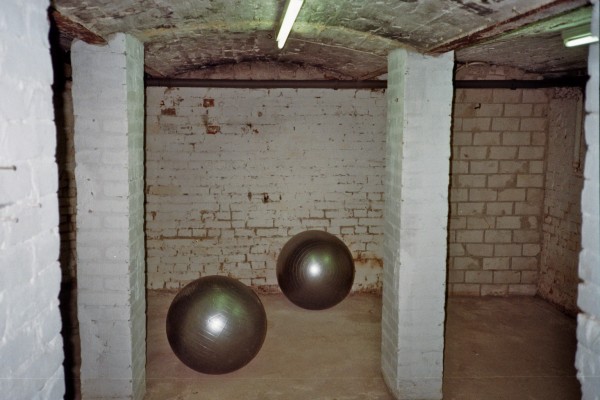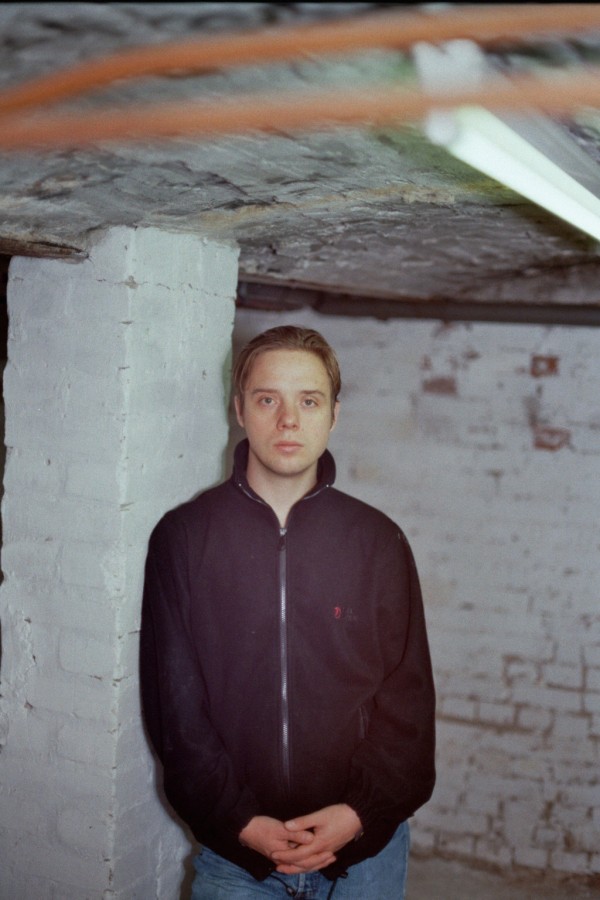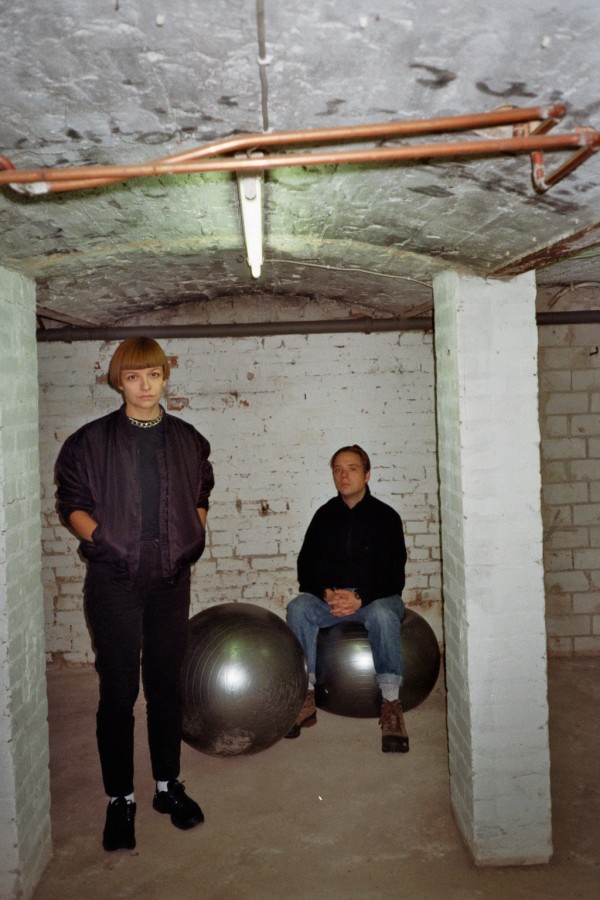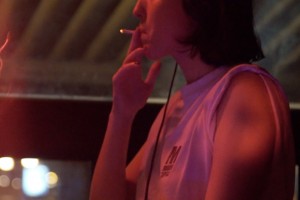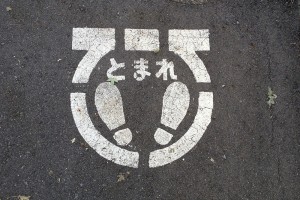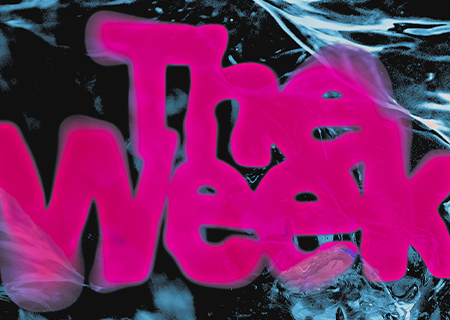“I’M LIVING IN A HEAP OF GARBAGE FROM THE 90s”
The video- and installation artist Henrike Naumann, and the musician Bastian Hagedorn have been invited to take part in this years Ghetto Biennale, which takes place in November in Port-au-Prince, Haiti. Their idea is to build there the semi-fictional Museum of Trance, which will deal with the history of the German trance-movement. At the same time they are also looking to have the German trance clash with the Haitian voudou-trance. The project is including local artists and musicians, is dealing with post-colonialism, self-othering and the spiritual potential of the rave-movement in Germany. In the interview we’re talking to the both of them, about black metal, dancing night after night, stretching the notion of what a museum is and – of course – not having enough money.
Kaput: Of course, we all do remember trance from the 1990s. Is that subject already finalized and does belong into a museum?
The 90s are already so far away, that it’s about time to recollect them into our collective consciousness. Even the 2000s seem already fit for exhibition, especially concerning certain outgrowths of the German dance-culture. Our museum will surely be a place where we will give our best shot to depict trance as a finalized subject. At least ethnological museums do not proceed any differently with other “cultural’ conglomerations. They single out something that is in a constant transition and way to complex to reduce it in display cabinet as it is, and then they claim: this is a authentic portrayal of the reality, a realistic overview. That’s what we want to claim as well. To us, this (trance) culture is so foreign and exotic, that we want to approach it in a scientific manner to be able to understand it better. We are stretching the notion of what a museum is a lot. We want to deconstruct the ethnological museum and liberalize it to be appropriated as an adventure playground. Therefore we are working very closely with the historian Clemens Villinger. We are asking us, and everyone involved the question: what is the Museum of Trance? Is it an institution like the Humboldtforum or a sheet metal shack in the slums of Port-au-Prince? It’s rather about the right questions than about the right answers.
Do you have any experience with trance yourselves? What is your personal reference to the subject?Henrike: Everyday I’m working on the Museum of Trance I experience my own personal trance. Working 14 hours non-stop everyday for a project that is so close to my heart, is putting me into hard workflow-trances — which I love to work in.
Bastian: I’m playing the drums in a black metal band — our songs are often longer than 10 minutes and have a tremendous tempo. The physical strain and the spherical song writing, which are the basis of our music are inevitably putting me into a trancelike state during our live performances. My musical taste fanned out a lot over the last years. Recently I actually occasionally grappled with early hard trance by acts like Alienfactory or Nostrum. That’s why the development of our idea was very welcome.
And now you will bring it to the Ghetto Biennale in Haiti. That does sound very far away, not just geographically. What kind of event is that, and how does your project fit in there?
The Ghetto Biennale’s pretense is to show, that Haiti and its artists have to be taken as serious as every other country in the international art-context. In the first line, this does mean, that a deconstruction of the awareness process — that Haiti has such a bad economy, that there shouldn’t be room for art in the country, because they should concentrate on supplying the rudimentary needs — is inevitable. In the end, this happens in an unique artistic dialog, that is being initiated over again at the Ghetto Biennale.
We want to cause a rupture with the pictures of voudou, that are embedded in our heads. The application to the Ghetto Biennale was some kind of initial spark for us. We realized that we don’t actually have an idea about voudou, and that our heads were just filled with pictures from bad Hollywood movies. We thought: what would happen, if we depict a German popcultural phenomenon equally as dark and then museumize it for the happening? German trance seemed like the right thing; if nothing else, because the genre does have an actual intersection with voudou. Trance claims (similar to and inspired by religions like voudou) to put the listener in trance through the associated music and excessive dancing night after night. Voudou in Haiti, other than the music genre trance, is an important socio-cultural support column. It would be quiet excessive to ascribe the same importance to trance. We were very happy, and a bit surprised, to have been picked. It gave us an incredible updraft, and made us see the subject with wholly different eyes. In the end it’s about questioning the familiar, leaving the comfort-zone, and seeing what is going to happen. Nothing else will be left to do in Haiti, but we’re super excited.
Nowadays everybody has a crowd-funding campaign? How badly do you need the money?
Superurgently! Everything we could scrape together ourselves went on logistics, flights, board and lodging. To be able to pull artistically something together, and to be able to actualize our ideas reasonably in Haiti we will need assistance. It’s our goal to pay professional salaries to our colleagues from Haiti. The German institutions in Haiti are totally under-financed on the cultural sector, and for institutions over here the Ghetto Biennale and the Museum of Trance seem to be a bit too far-off.
Apart from financing the project: How are you living as young artists in Berlin? Is everything as great as it was in the 90s?
Bastian: I’m living in a heap of garbage; but that is rather due to my inability to clean up regularly and to get rid of useless things, than my aspiration to live like it’s still the 90s. If it’s comparable to life in Berlin in the 90s? All I can say is, that they were already over for 6 years before I came here. Which means, that I don’t have a clue if my life in Berlin now is as awesome as life here was in the 90s. In conversations about the steadily increasing rents and the constant change of the neighborhoods (which is what people from Berlin like to talk about as much as others about the weather) you can discern time and again, that everything was better in the old days. So it’s not as great as it was in the 90s.
Henrike: I’m living in a heap of garbage from the 90s. You could say, that I’m still living like in the 90s.
Hard Facts
If you want to donate to the project, you still got time until November 8. Just visit their Kickstarter:







